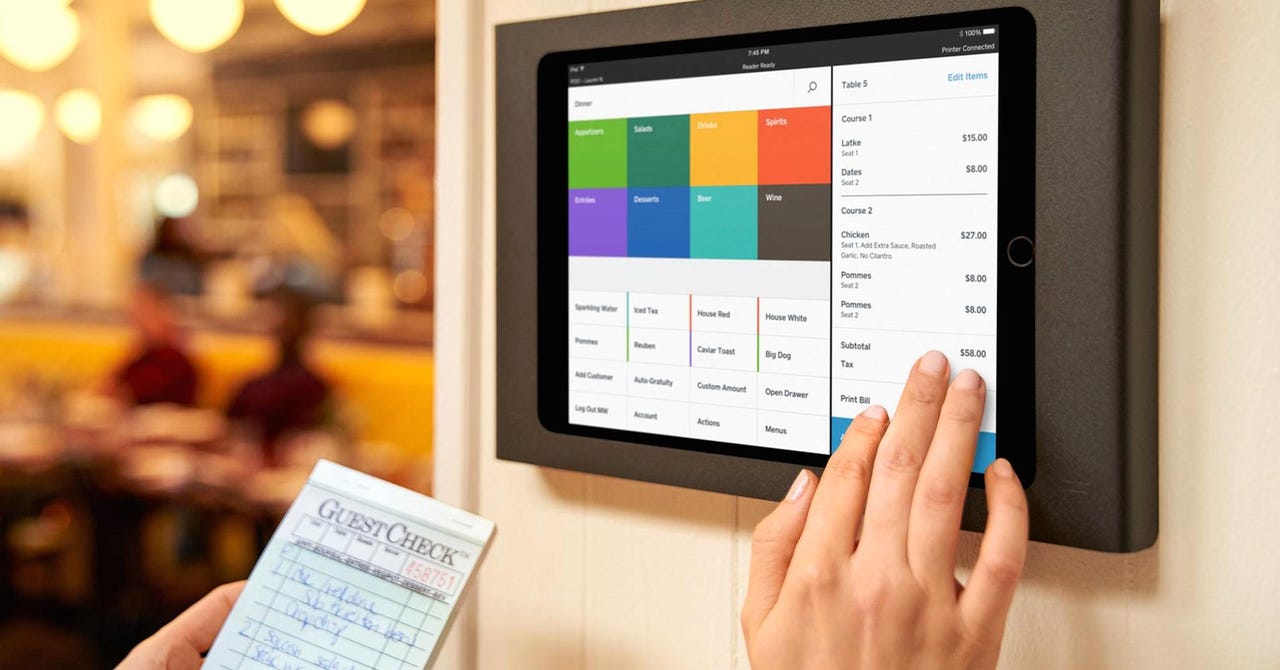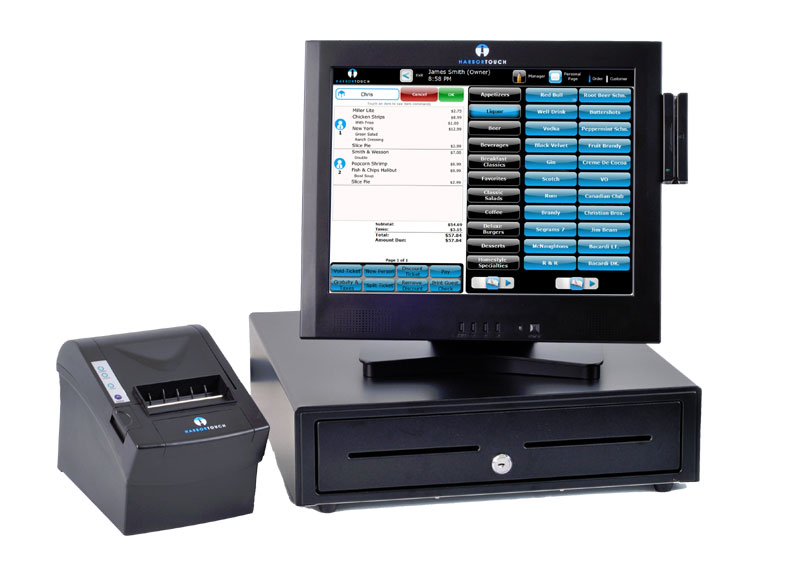Automate inventory tracking with Restaurant POS Software features
Just How POS System Functions: A Comprehensive Overview for Entrepreneur
A POS system acts as an important tool for modern businesses, incorporating numerous elements to improve operations. It encompasses hardware like barcode scanners and software offer for sale monitoring. This system not just processes transactions yet additionally handles inventory and analyzes consumer actions. Comprehending its performance can greatly impact an organization's performance and decision-making. What are the crucial elements that contribute to this effectiveness? Discovering these elements provides valuable understandings.
Comprehending the Components of a POS System
A Factor of Sale (POS) system is composed of numerous crucial elements that function together to facilitate deals and take care of organization procedures. At its core, the hardware consists of devices such as a cash money register, barcode scanner, invoice printer, and repayment incurable, all important for processing sales (Restaurant POS Software). The software element takes care of inventory, sales monitoring, and client information, providing important understandings for business decisions.Additionally, databases keep purchase records and client information, making certain information integrity and safety and security. Network connection makes it possible for real-time updates and access to cloud-based services, improving functional efficiency. Interface, made for convenience of use, allow personnel to browse the system quickly, lessening training time. With each other, these components produce a cohesive system that enhances the sales procedure, enhances customer care, and help in reliable monitoring of business resources. Comprehending these components is vital for entrepreneur seeking to optimize their POS systems
How Sales Deals Are Processed
When a customer makes a decision to make an acquisition, the sales deal starts a series of systematic actions within the POS system. Initially, the cashier inputs the things being acquired, which are checked with a barcode visitor or manually entered. This activity fetches item details, including rates and relevant taxes, from the system's database.Next, the customer exists with the complete quantity due. The POS system after that refines the payment, whether with money, credit score card, or mobile settlement approaches. For digital settlements, the POS firmly connects with payment processors to license and verify the transaction.Once the settlement is verified, the system creates a receipt, which can be published or sent out digitally. This invoice works as evidence of purchase for the consumer. The purchase data is videotaped in the system, guaranteeing accurate sales documents and economic tracking for the organization.
Inventory Administration and Monitoring
Effective stock monitoring and tracking are essential elements of a POS system, as they assure that companies preserve ideal stock degrees and minimize inconsistencies. A durable POS system permits for real-time supply updates, mirroring sales and returns immediately. This enables service proprietors to check stock levels precisely, making sure that preferred items are easily offered while protecting against overstocking of much less popular products.Additionally, advanced POS systems provide functions such as computerized supply alerts and reorder ideas, simplifying the purchase process. Barcoding and RFID technology enhance precision in tracking inventory activity, reducing human mistake. Substantial coverage tools give insights right into supply turnover rates, assisting companies make educated choices concerning buying and item offerings. Ultimately, effective supply administration via a POS system not just boosts operational effectiveness but also improves additional reading customer contentment by ensuring product accessibility.

Analyzing Consumer Information and Insights
Customer data analysis functions as a powerful tool for services utilizing a POS system. By accumulating and analyzing transaction data, companies can reveal valuable insights regarding consumer actions and preferences. This evaluation enables them to determine buying trends, peak purchasing times, and popular items, thereby informing supply choices and advertising and marketing strategies.Additionally, organizations can section their client base, allowing for personalized advertising and marketing initiatives that accommodate particular demographics or acquiring behaviors. Comprehending consumer loyalty patterns likewise assists in developing targeted promos and rewards programs.The data obtained from a POS system can likewise expose insights right into customer feedback, making it possible for companies to make educated decisions pertaining to product offerings and solution renovations. Ultimately, leveraging customer data successfully can enhance the overall shopping experience, foster customer complete satisfaction, and drive income growth.
Advantages of Executing a POS System
Implementing a POS system uses numerous benefits that can greatly enhance organization operations. To start with, it improves purchase processes, minimizing wait times and enhancing client fulfillment. By automating sales procedures, businesses can decrease human error and warranty exact record-keeping. Furthermore, a POS system gives valuable data analytics, making it possible for owners to track sales patterns and stock degrees in real-time. This understanding supports educated decision-making, helping to enhance supply monitoring and marketing strategies.Moreover, lots of POS systems incorporate with various other organization tools, such as bookkeeping software program, streamlining financial management. Enhanced employee administration functions, such as tracking hours and performance, additional add to functional efficiency.Lastly, the application of a POS system website here can lead to boosted profits with enhanced consumer experiences and critical understandings, inevitably cultivating organization development and sustainability.
Regularly Asked Inquiries
What Types of Services Can Gain From a POS System?

Exactly how Much Does a POS System Usually Cost?
The expense of a POS system generally varies from a few hundred to a number of thousand bucks, depending on functions, equipment, and software - Restaurant POS Software. Services must think about continuous costs for maintenance, support, and deal handling when budgeting

Can I Incorporate a POS System With Existing Software?
Integrating a POS system with existing software application is frequently feasible. Many systems use APIs or integrated compatibility attributes, enabling companies to streamline procedures and enhance functionality by attaching different software applications properly.
What Training Is Required for Staff to Make Use Of a POS System?
Educating for personnel to use a POS system normally includes understanding software program capabilities, processing purchases, handling supply, and managing customer communications - Restaurant POS Software. Practical demonstrations and hands-on session boost efficiency and self-confidence being used the system effectively
What Occurs if the Internet Decreases While Using a POS System?
If the web drops during POS system use, transactions might be interrupted. Lots of systems use offline capabilities, enabling basic operations to proceed, but complete functionality, consisting of real-time inventory updates, will be restricted.